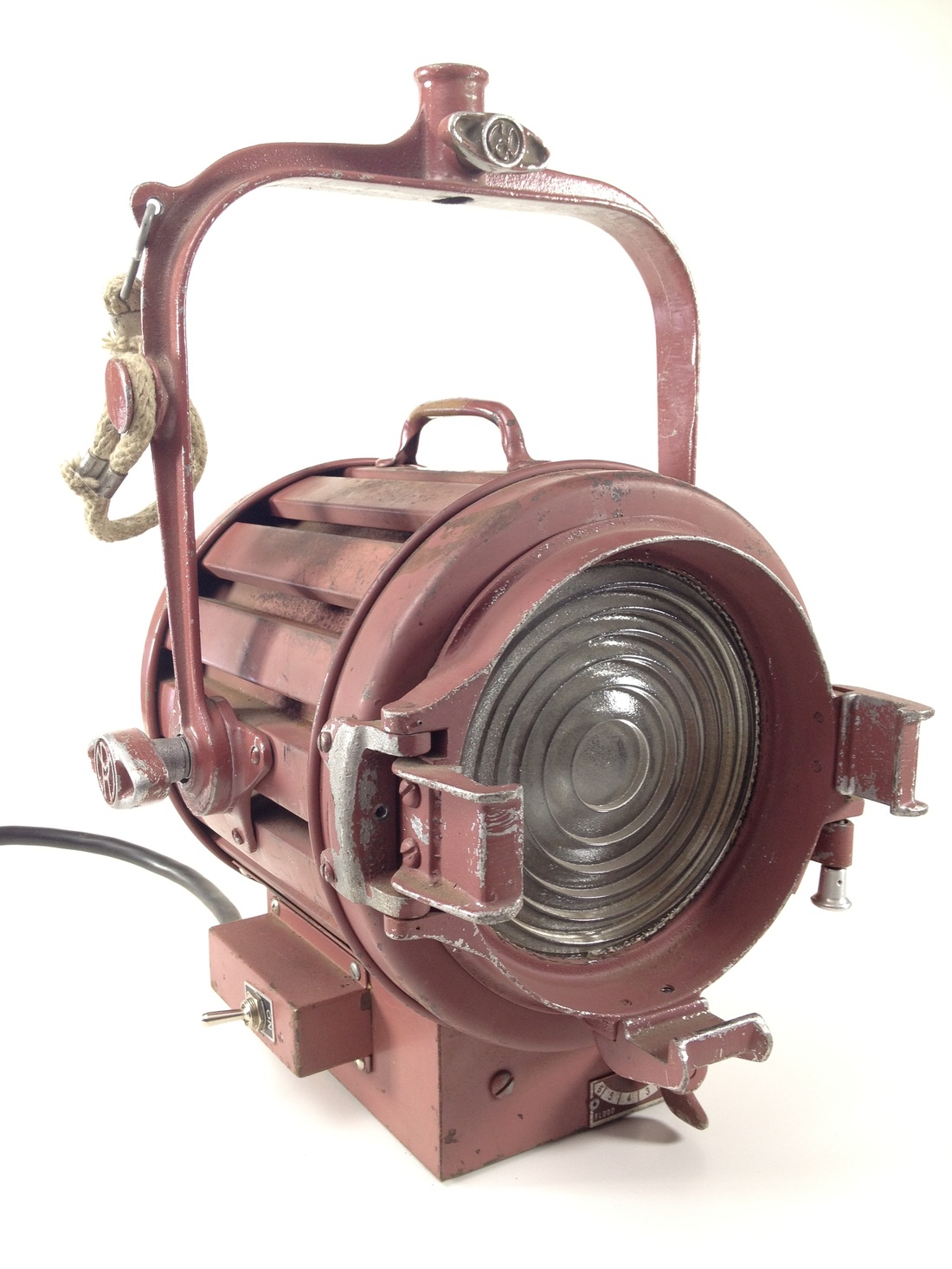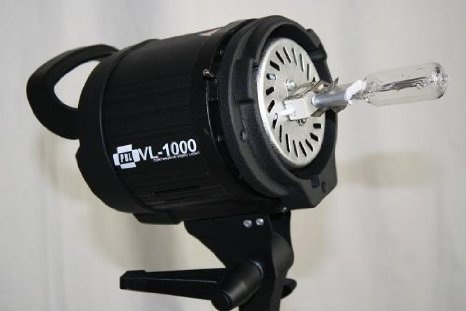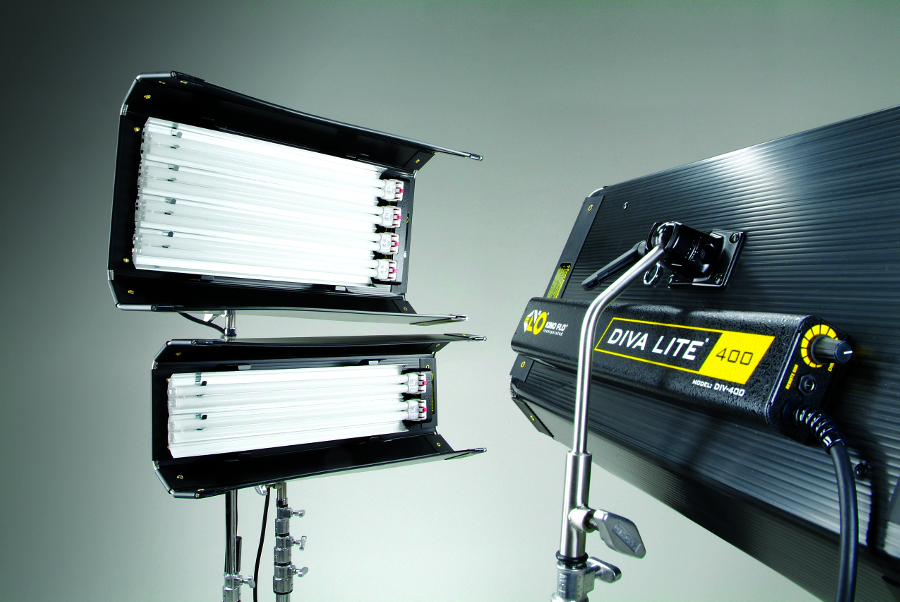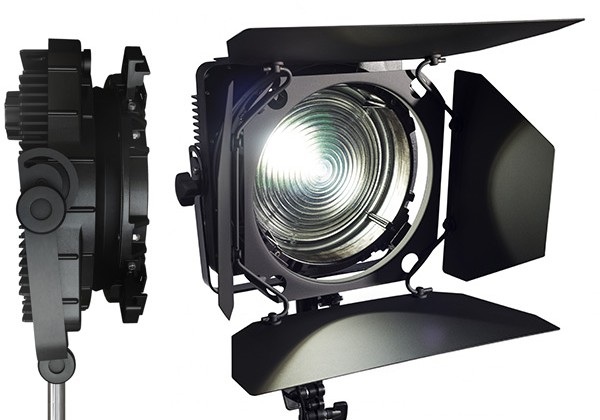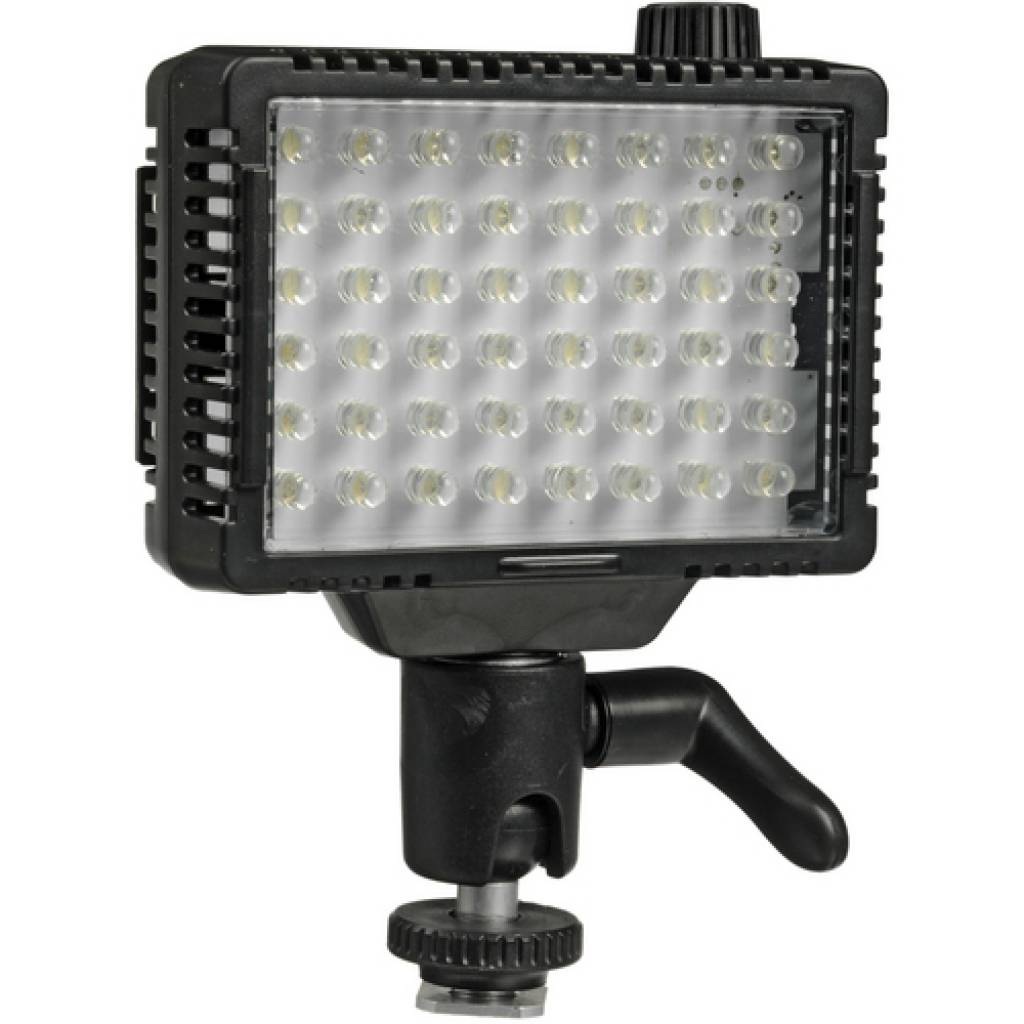|
There is a LOT of info and always more to improve on in an ever changing field. This is not an exhaustive breakdown of lighting gear and its use but it should be a reasonable starting explanation of differing types of gear. Lighting. When you get more into lights you'll be overrun with all kinds of gear and it's hard to tell which is reputable and which isn't and most of all, why? So let's start with classic gear (i.e.-Tungsten type lighting) and then we'll get to the modern (i.e.-LED's).
More appropriate is the build quality of a light so that you don't get light leaks. Light leaks are odd needles of light escaping your light fixture and lighting up your scene unintentionally. Place a light shooting away from a wall and see what light finds its way out of holes in the fixture and you'll get what I mean here. Again, this isn't a huge deal in your world, you're not that controlled in your productions yet so who cares, right? Anyway, it's a part of the high-end world
What continuous lights do I like? I like Kino Flo and I put up with Lowel but that's probably because I've been shooting with them most of my career. Lowel's Tungsten lights run pretty hot and have to be handled correctly or they burn up. They can even burn objects that are too close to them. I'd recommend their Rifa Lights with florescent bulbs for quick setup and cooler burning. But I really like Kino Flo's Diva Lights. Not going to run hot like the others and produces a nice soft light that doesn't require the setting up of a soft box. But isn't all that old school? Yeah, that is kind of all old school. There is often no dimming sliders and you can't change the colors without adding filters or swapping out bulbs (*the Diva Lite has a dimmer). You have to have significant wired power and all that. LED's flicker. That's fine and doesn't bother the human eye but when you record on video the flickering becomes obvious and clearly visible. Kind of like when you record an old TV set and you see a black band moving up the screen. This all has to do with the refresh rate of the TV and the scanning of the chip in the camera. The point is, it sucks. So you have to search for where a vendor specifically states that the LED light is "flicker free". Sometimes they will simply say that it is a "film light" and that may mean it's flicker free. But if you're buying something really cheap, they probably are not flicker free unless they specifically say so.
You'll also notice that most LED vendors are selling lights that do Daylight and Tungsten. That's basically color balanced for outside lighting and then Tungsten indoor lighting. But that's not enough in my book. I like to have LED lights that can actually produce the color wheel of colors in addition to having Daylight and Tungsten settings. The reason is because I love using colored lights in my scenes. No, I usually don't want colored light on my subjects (people), but it looks brilliant to shoot some colored lighting into my background while I light my subjects with Tungsten balanced lighting. You don't have to. It's just how I like to do it when I have the gear for it.
0 Comments
Leave a Reply. |
Permissions & CopyrightsPlease feel free to use our 3D scans in your commercial productions. Credit is always welcome but not required.
Archives
April 2018
Daniel
Staying busy dreaming of synthetic film making while working as a VFX artist and scratching out time to write novels and be a dad to three. Categories
All
|
|
Know and make known.
|

